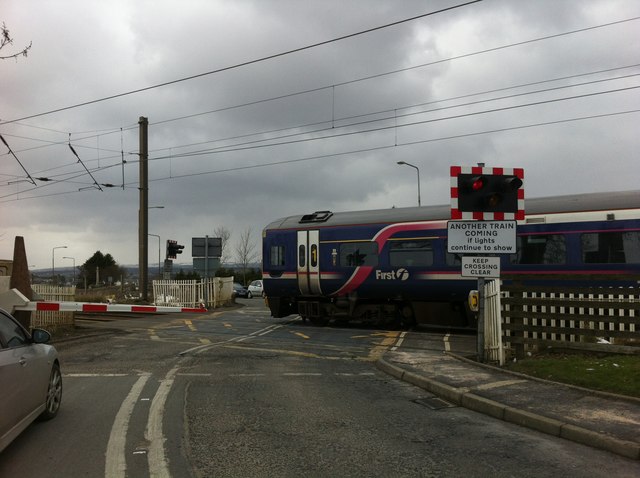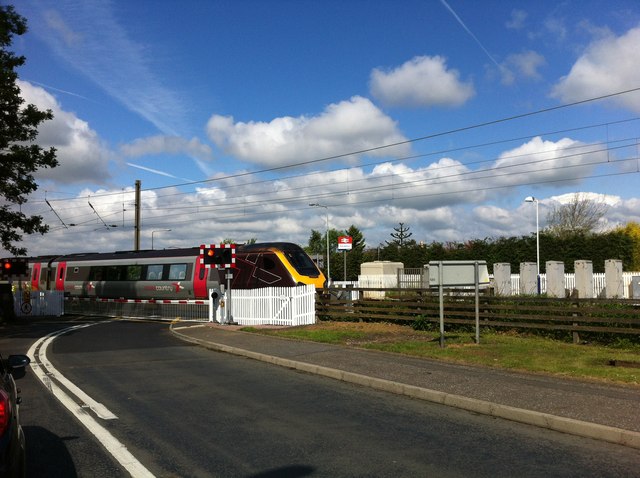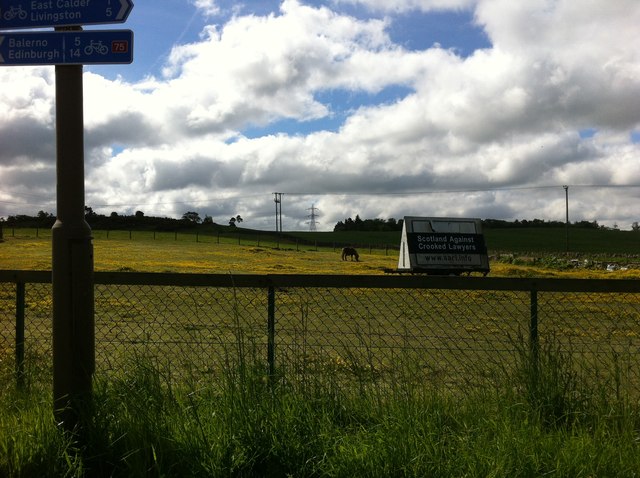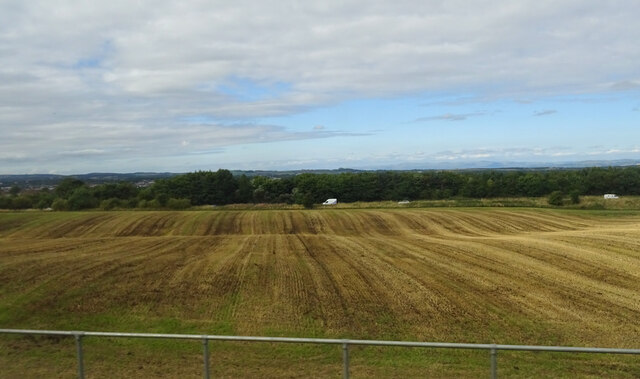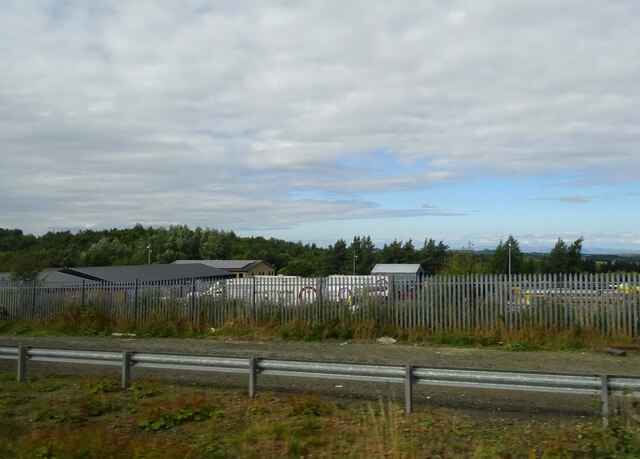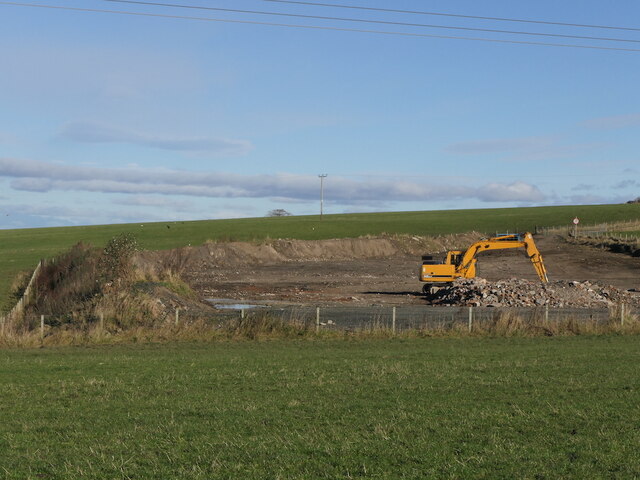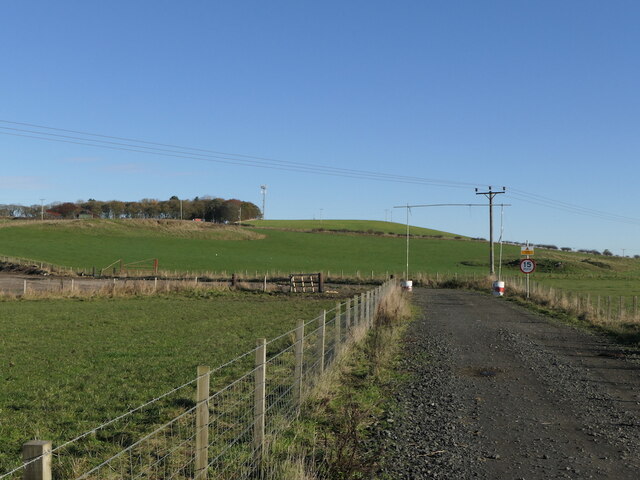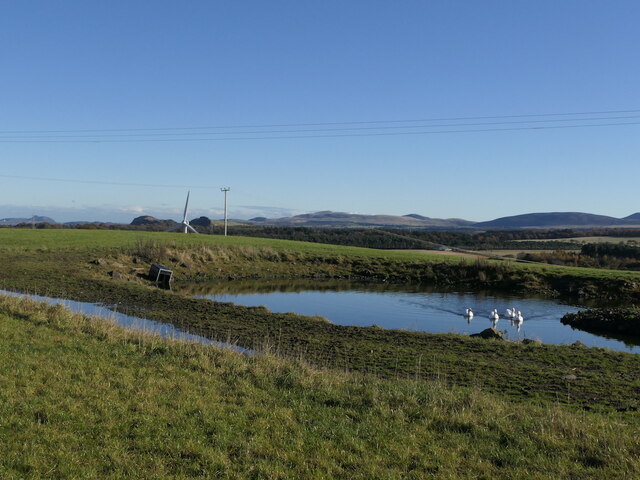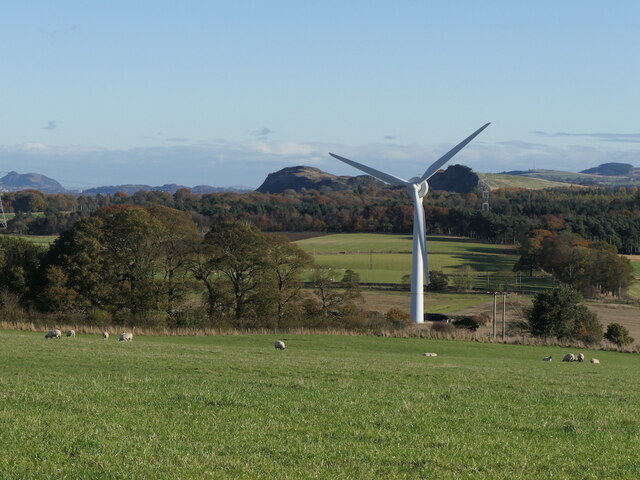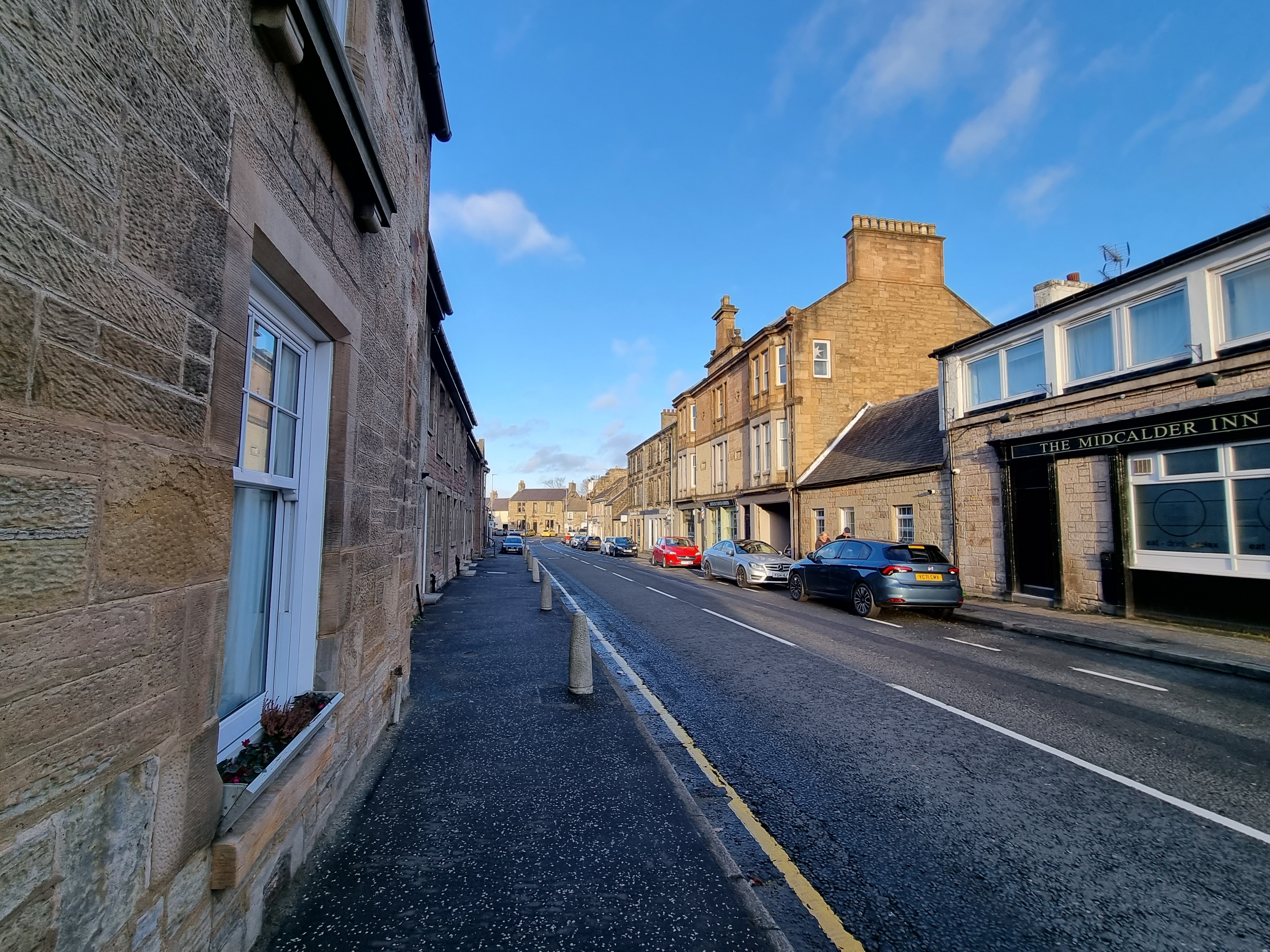Langton
Settlement in Midlothian
Scotland
Langton
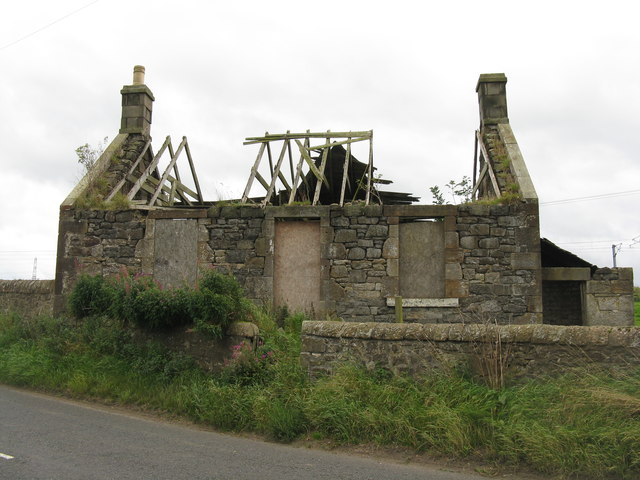
Langton is a small village located in the county of Midlothian, Scotland. Situated approximately 25 miles southeast of Edinburgh, Langton is surrounded by picturesque countryside with rolling hills and expansive fields. The village is known for its tranquil and rural atmosphere, making it an ideal place for those seeking a peaceful retreat from the hustle and bustle of city life.
The village itself is compact, with a small number of residential properties and a few local amenities. It has a close-knit community that takes pride in preserving its traditional character. The architecture in Langton is predominantly traditional Scottish style, with charming stone cottages and houses dotting the streets.
Despite its small size, Langton offers a range of recreational activities for residents and visitors. The surrounding countryside provides ample opportunities for outdoor pursuits such as hiking, cycling, and wildlife spotting. Additionally, Langton is within easy reach of several golf courses and fishing spots, making it an attractive destination for sports enthusiasts.
While Langton may not have its own shops or services, it benefits from its proximity to nearby towns such as Dalkeith and Penicuik, where residents can access a wider range of amenities. The village is well-connected to these towns via public transportation, ensuring convenient access to essential facilities.
Overall, Langton is a quaint and peaceful village that offers a close community spirit and a tranquil setting. Its location amidst scenic countryside makes it an appealing place for nature lovers and those seeking a slower pace of life.
If you have any feedback on the listing, please let us know in the comments section below.
Langton Images
Images are sourced within 2km of 55.889105/-3.4605886 or Grid Reference NT0867. Thanks to Geograph Open Source API. All images are credited.

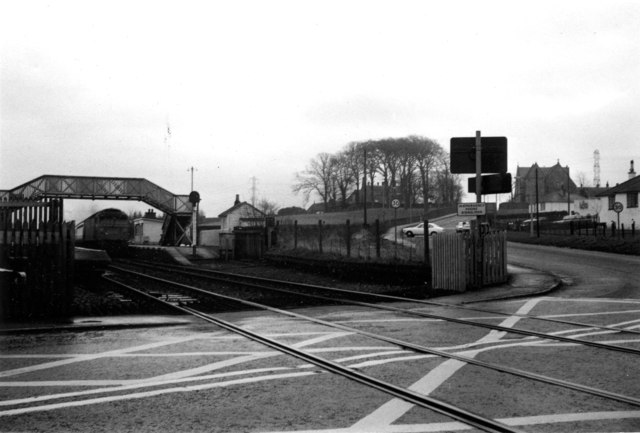
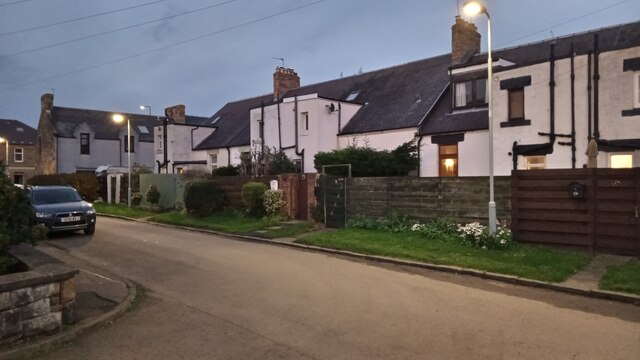
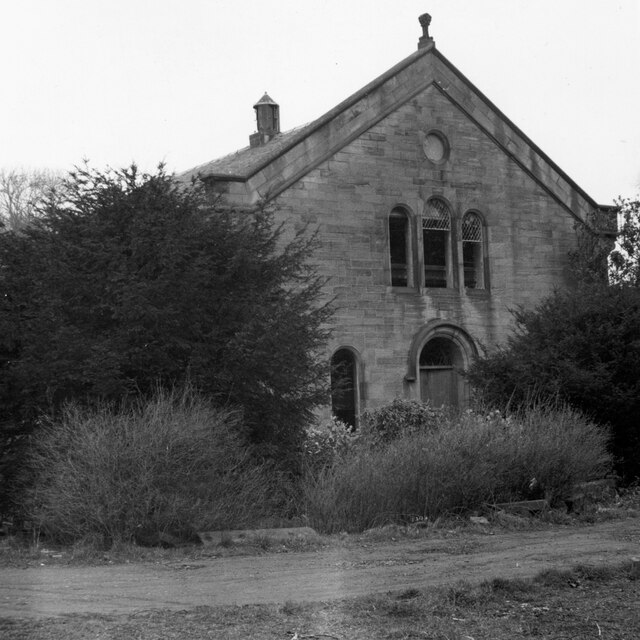
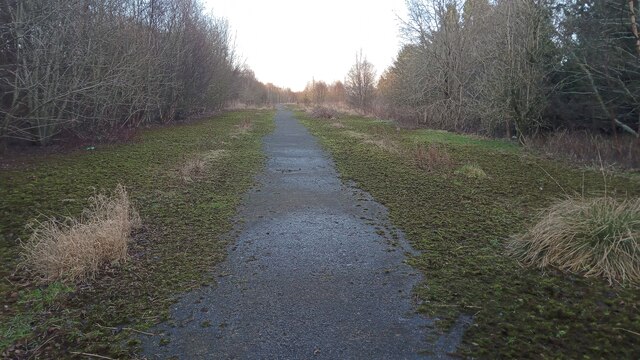
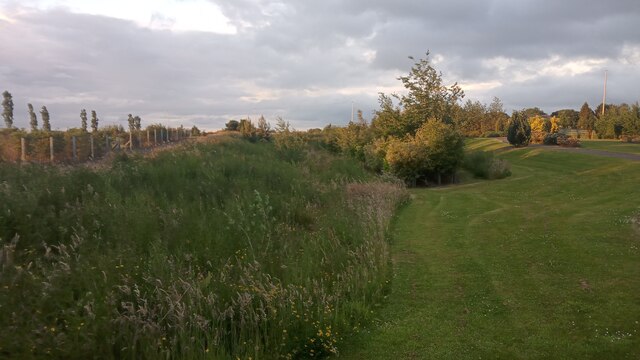
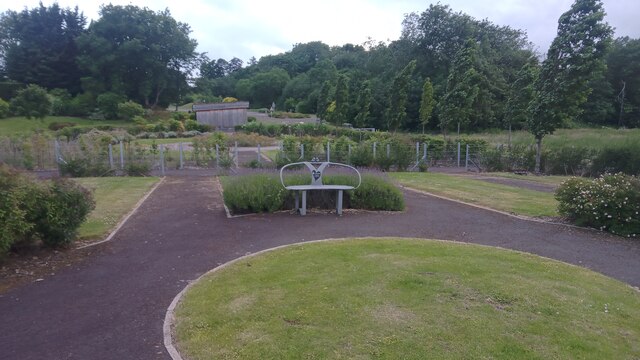
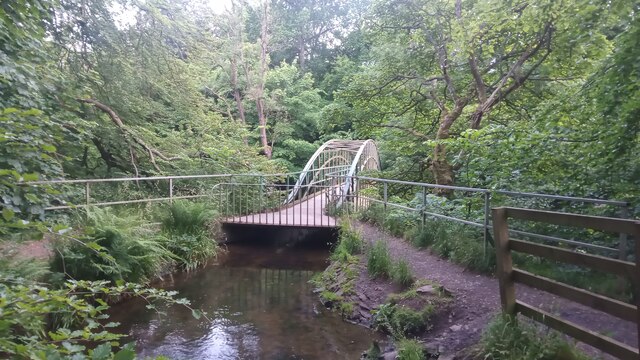
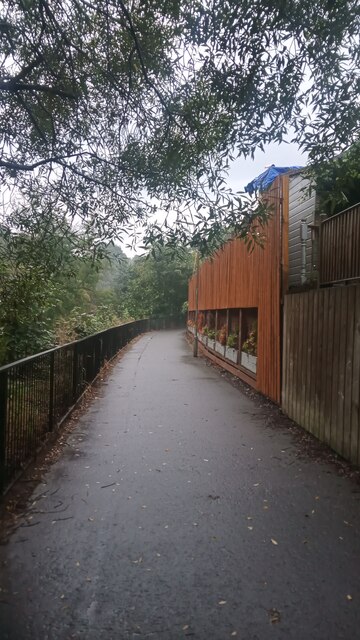
Langton is located at Grid Ref: NT0867 (Lat: 55.889105, Lng: -3.4605886)
Unitary Authority: West Lothian
Police Authority: The Lothians and Scottish Borders
What 3 Words
///added.luckier.applauded. Near East Calder, West Lothian
Nearby Locations
Related Wikis
East Calder
East Calder is a village located in West Lothian, Scotland, about a mile east of Mid Calder and a mile west of Wilkieston. It forms part of 'the Calders...
Almondell Viaduct
The Almondell Viaduct, also known as the Camps Viaduct, is a viaduct spanning the gorge of the River Almond in Scotland, located in East Calder, West Lothian...
Mid Calder
Mid Calder (Scots: Mid Calder; Scottish Gaelic: Caladar Mheadhain) is a village in West Lothian, Scotland. It is located on a steep hill overlooking the...
Almondell and Calderwood Country Park
Almondell and Calderwood Country Park is a 220-acre (0.89 km2) Country Park in Mid Calder and East Calder in West Lothian, Scotland. It is a 4 star Visitor...
Nearby Amenities
Located within 500m of 55.889105,-3.4605886Have you been to Langton?
Leave your review of Langton below (or comments, questions and feedback).
